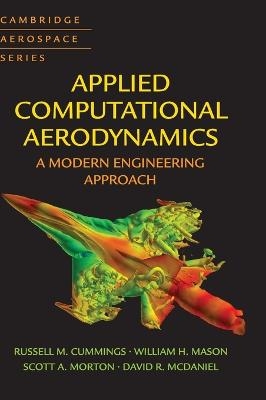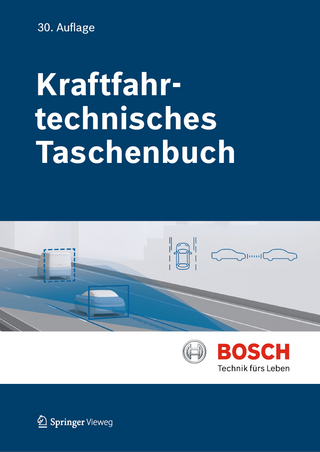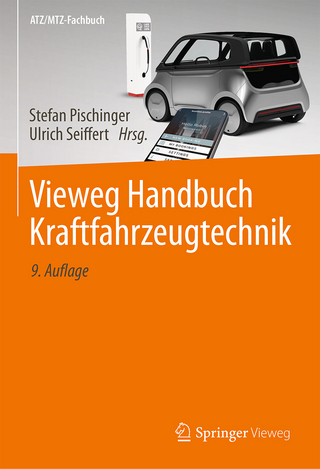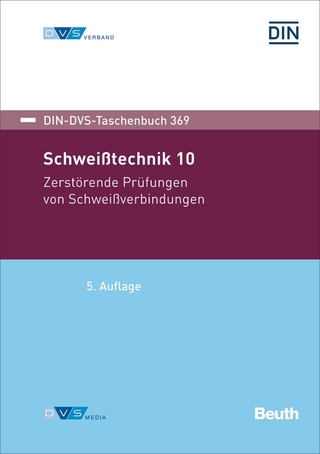
Applied Computational Aerodynamics
Cambridge University Press (Verlag)
978-1-107-05374-8 (ISBN)
This computational aerodynamics textbook is written at the undergraduate level, based on years of teaching focused on developing the engineering skills required to become an intelligent user of aerodynamic codes. This is done by taking advantage of CA codes that are now available and doing projects to learn the basic numerical and aerodynamic concepts required. This book includes a number of unique features to make studying computational aerodynamics more enjoyable. These include: • The computer programs used in the book's projects are all open source and accessible to students and practicing engineers alike on the book's website, www.cambridge.org/aerodynamics. The site includes access to images, movies, programs, and more • The computational aerodynamics concepts are given relevance by CA Concept Boxes integrated into the chapters to provide realistic asides to the concepts • Readers can see fluids in motion with the Flow Visualization Boxes carefully integrated into the text.
Russell M. Cummings is a professor of aeronautics at the US Air Force Academy, where he teaches fluid mechanics, aerodynamics, and numerical methods, in addition to computational aerodynamics. Professor Cummings is the coauthor of Aerodynamics for Engineers, 6th edition, and is also professor emeritus of aerospace engineering at California Polytechnic State University. Professor Cummings has specialized in high angle of attack aerodynamics and manoeuvring aircraft simulation for most of his career. William H. Mason is a professor emeritus of aerospace engineering at Virginia Polytechnic Institute and State University. As a member of the Virginia Tech community since 1989, Mason has advised many undergraduate and graduate students in the aerospace engineering degree program and has served as graduate advisor for twenty-three master's thesis students and nine doctoral students. In addition, he advised numerous undergraduate aircraft-design teams, with nine first-place honors in international design competitions and ten second- or third-place honors. He was the advisor to the Virginia Tech student chapter of the American Institute of Aeronautics and Astronautics (AIAA) and to the Design Build Fly Team. Scott A. Morton is a researcher at the University of Dayton Research Institute and is the principal software developer for the Kestrel Fixed Wing Aircraft Product of the Computational Research and Engineering Acquisition Tools and Environments (CREATE) Program, part of the DoD High Performance Computing Modernization Program Office. He leads a team of thirteen aerodynamicists, structural dynamicists and software engineers in a twelve year project to produce a production quality tool integrating aerodynamics, dynamic stability and control, structures, propulsion, and store and cargo separation into a single simulation on a peta-flop class machine. Dr Morton served as a professor of aeronautics at the US Air Force Academy from 1998 to 2006, at which time he retired from the Air Force at the rank of Lt Colonel. Dr Morton has specialized in the areas of high angle of attack aerodynamics, aeroelasticity, and computational stability and control in his twenty-nine-year career. David R. McDaniel began his career serving in the US Air Force conducting flight tests to assess the stability and control characteristics of various military aircraft. He later taught aerodynamics and thermodynamics at the US Air Force Academy where he first entered into the world of computational aerodynamics. He worked as a researcher in the Aeronautics Lab at the Academy for several years developing computational techniques for simulating various multidisciplinary problems. Dr McDaniel currently is a Research Associate Professor at the University of Alabama, Birmingham where he works on the Kestrel fixed-wing product development team as part of the CREATE effort managed by the DoD High Performance Computing Modernization Program.
1. Introduction to computational aerodynamics; 2. Computers, codes, and engineering; 3. Getting ready for computational aerodynamics: fluid-mechanics foundations; 4. Getting ready for computational aerodynamics: aerodynamics concepts; 5. Classical linear-theory computational aerodynamics; 6. Introduction to computational fluid dynamics; 7. Geometry and grids: a key consideration in computational aerodynamics; 8. Viscosity and turbulence modeling in computational aerodynamics; 9. Flow visualization: the art of computational aerodynamics; 10. Applications of computational aerodynamics; Appendix A: geometry for aerodynamicists; Appendix B: sources of aerodynamic data for code validation; Appendix C: potential-flow review; Appendix D: computational aerodynamics programs; Appendix E: structured grid transformations; Appendix F: commonly used turbulence models.
| Reihe/Serie | Cambridge Aerospace Series |
|---|---|
| Zusatzinfo | Worked examples or Exercises; 25 Tables, unspecified; 596 Halftones, unspecified; 45 Line drawings, unspecified |
| Verlagsort | Cambridge |
| Sprache | englisch |
| Maße | 184 x 261 mm |
| Gewicht | 1670 g |
| Themenwelt | Technik ► Fahrzeugbau / Schiffbau |
| Technik ► Luft- / Raumfahrttechnik | |
| ISBN-10 | 1-107-05374-9 / 1107053749 |
| ISBN-13 | 978-1-107-05374-8 / 9781107053748 |
| Zustand | Neuware |
| Haben Sie eine Frage zum Produkt? |
aus dem Bereich


